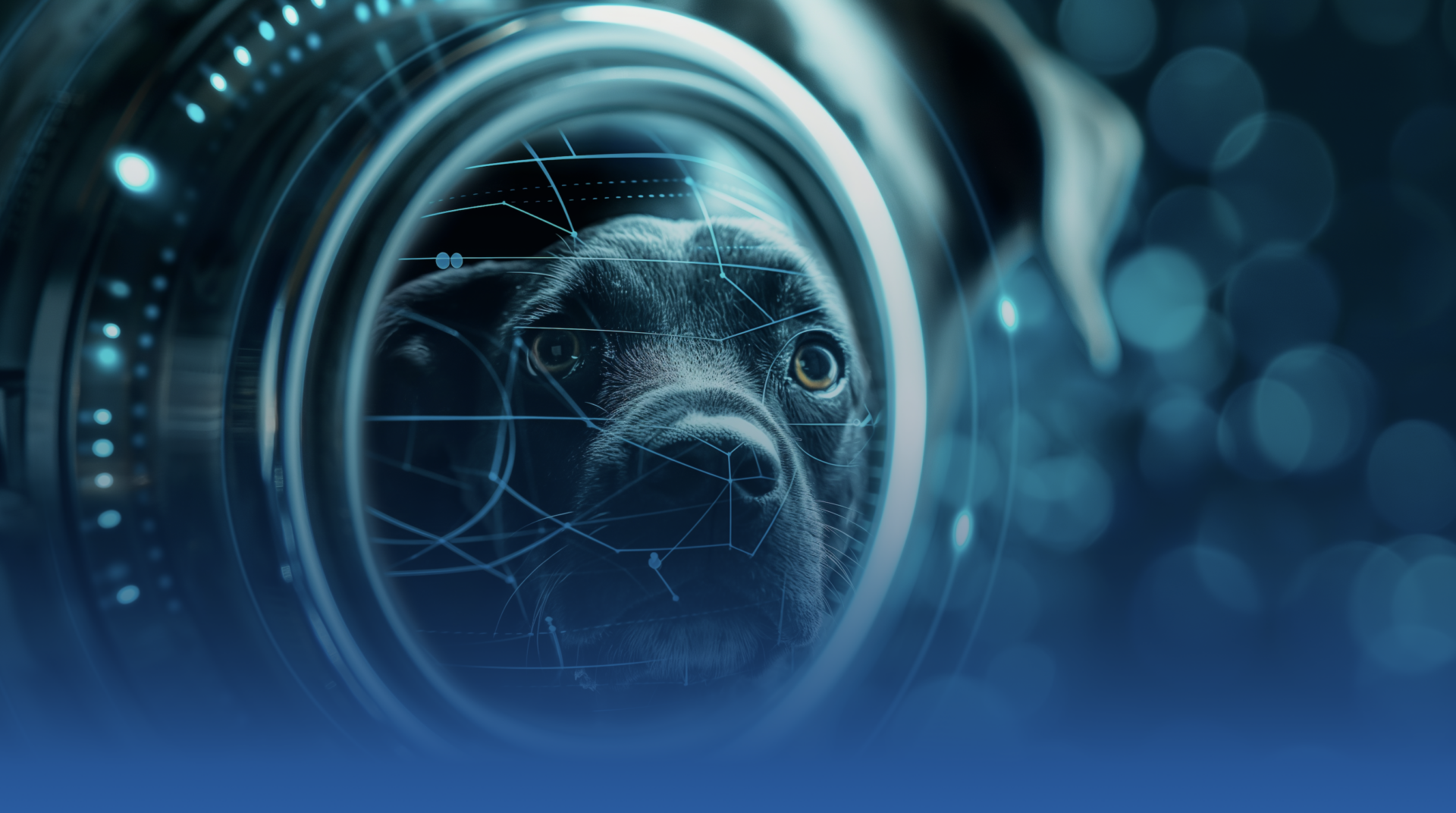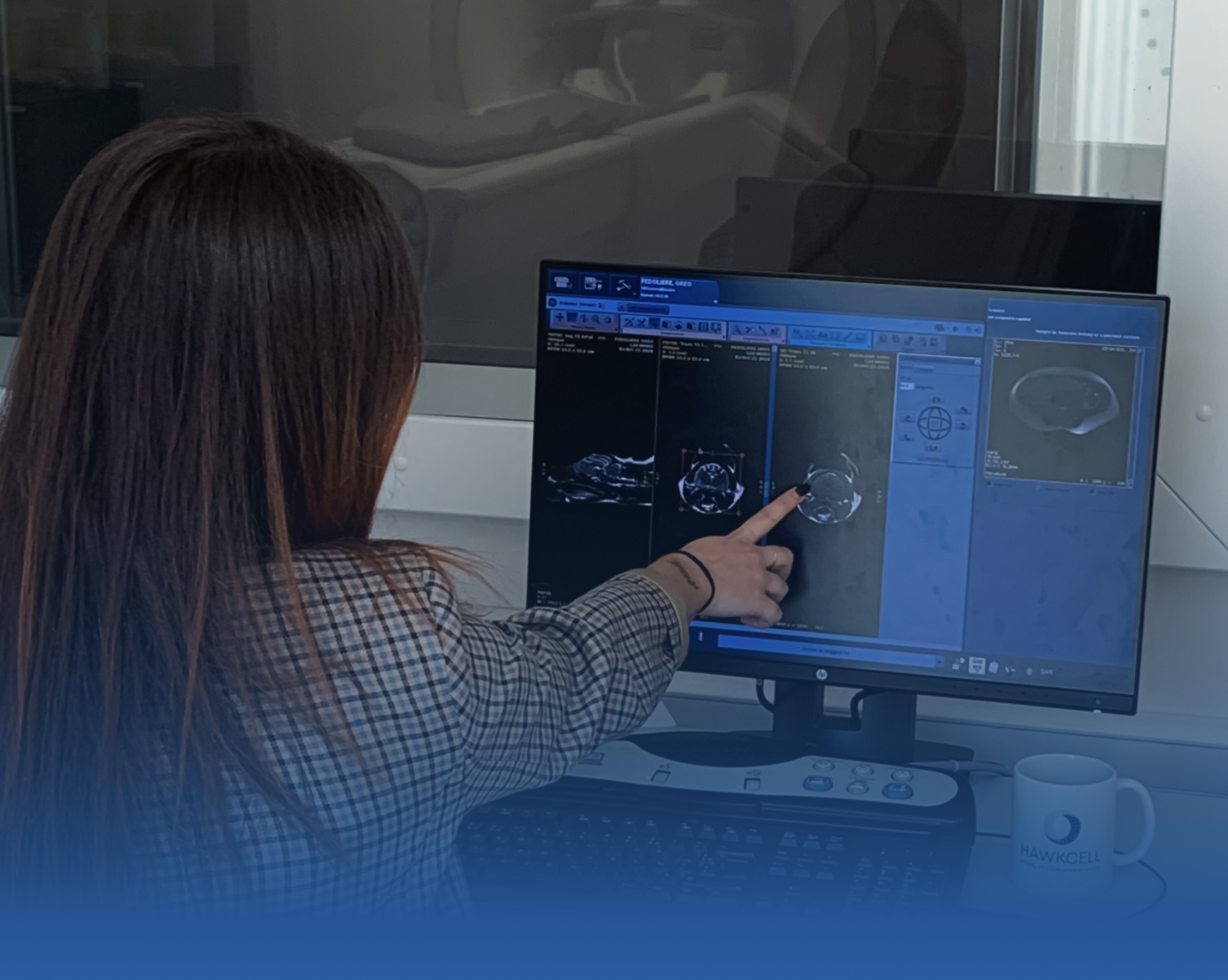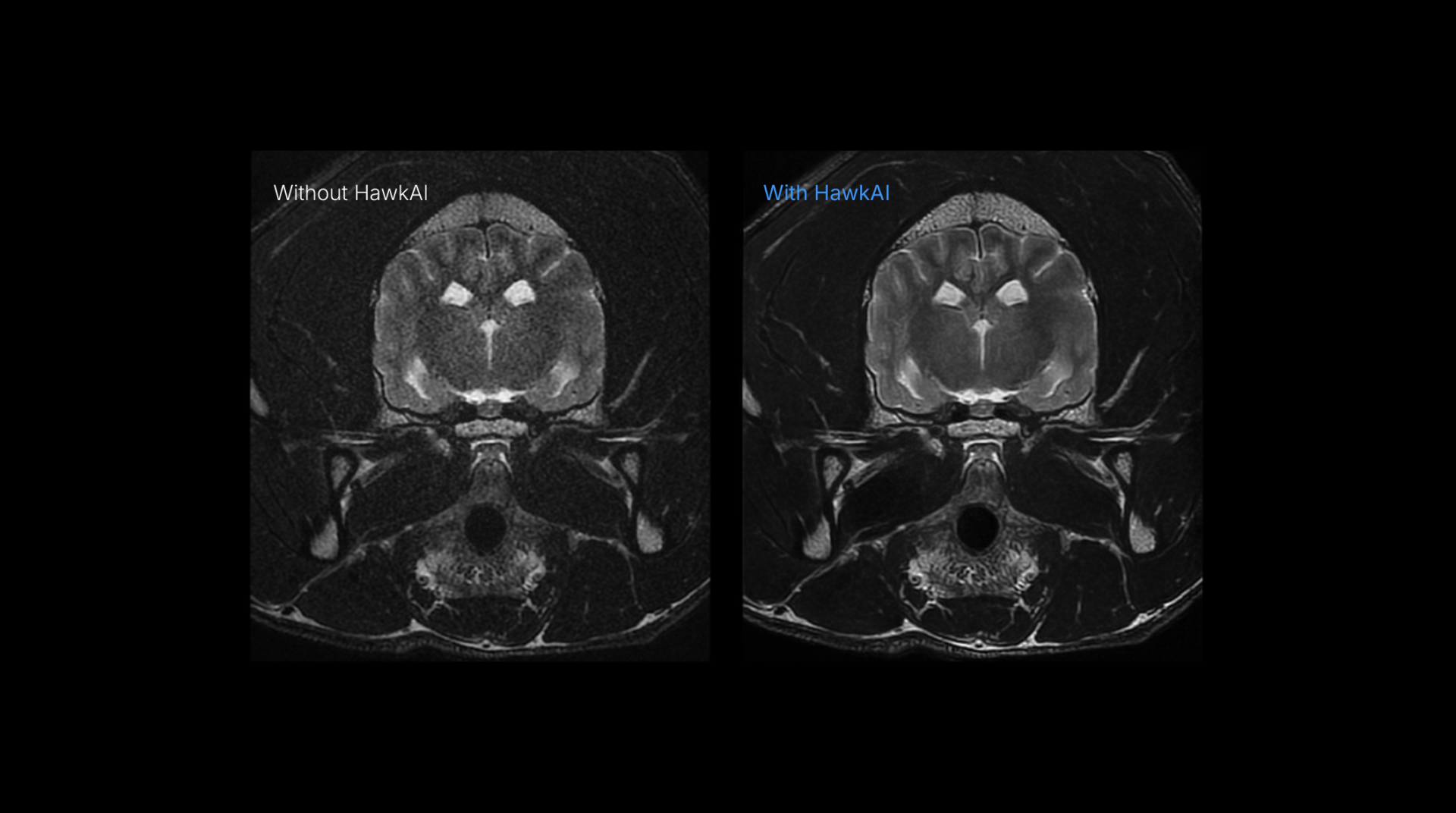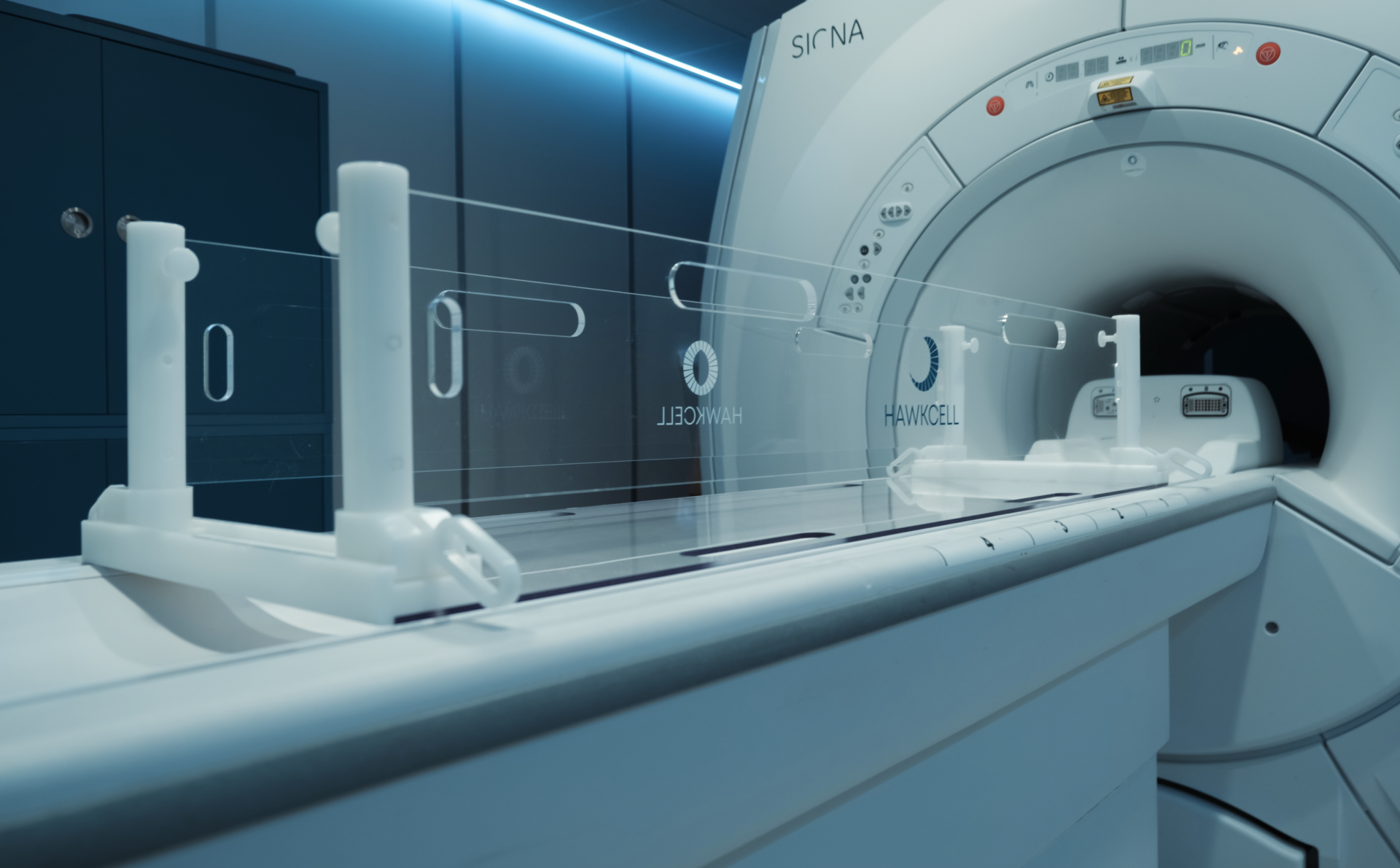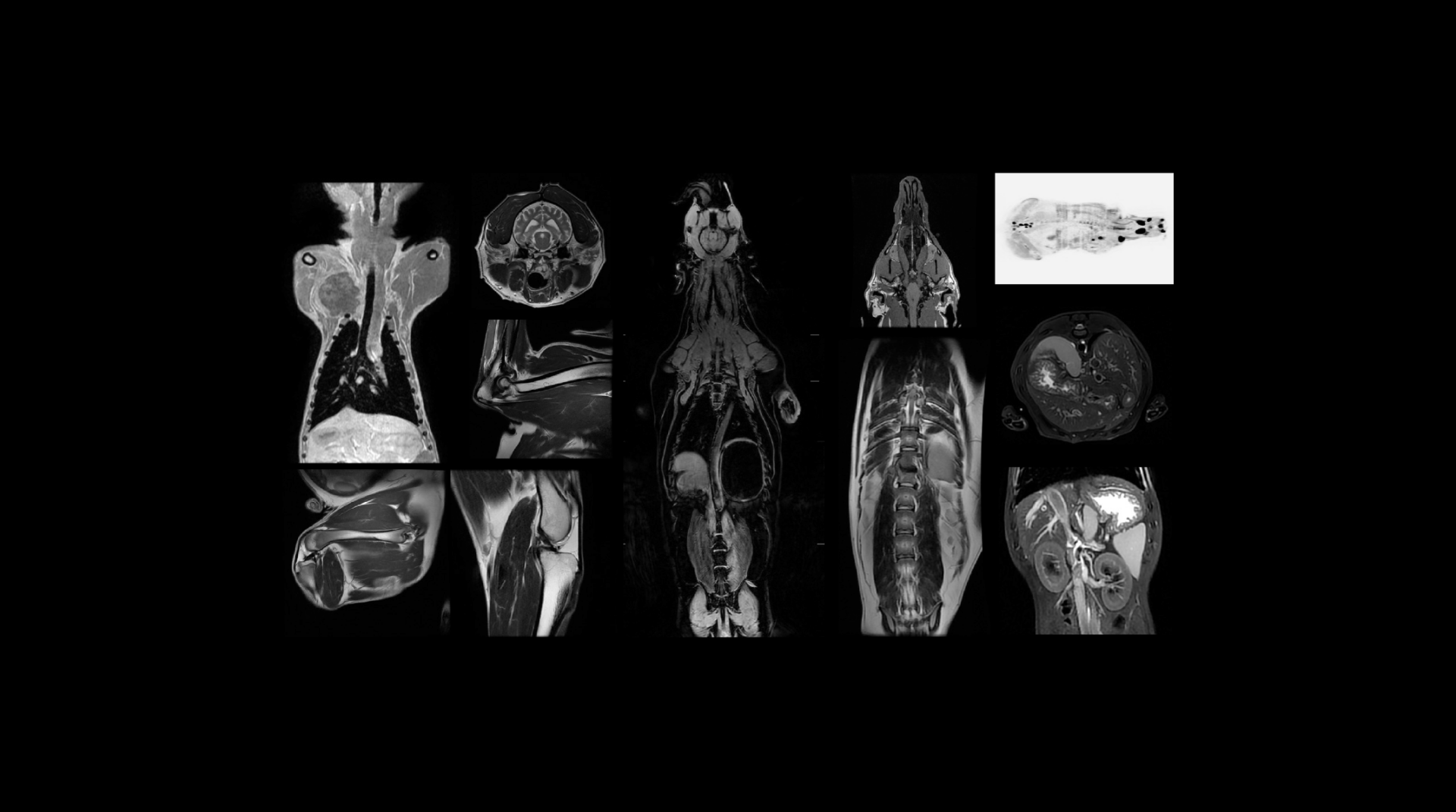Optimizing parameters for precision
Resolution: Higher resolution is essential for smaller animals to capture minute details, though it increases scan time. Balancing resolution with speed is crucial to avoid prolonged anesthesia exposure.
Contrast and Signal-to-Noise Ratio (SNR): Contrast adjustments help differentiate soft tissues or lesions, while SNR ensures image clarity by reducing background noise.
Slice Thickness and Orientation: Thinner slices provide more anatomical detail but can lead to longer acquisition times and more artifacts. Engineers and radiologists collaborate to find the right balance, depending on the clinical or research focus.
Collaboration to refine protocols
Tailoring MRI protocols to specific research or diagnostic needs ensures that image quality remains high across different applications, such as neurological imaging or musculoskeletal assessments.
Engineers handle the technical aspects, including calibrating machines and configuring coils, while radiologists determine anatomical targets and clinical priorities.
Standardized tools like HawkProtocols offer a streamlined framework, helping facilities maintain consistency and efficiency.
Case Study: Addressing motion artifacts with optimized protocols
Motion artifacts are a common challenge in veterinary MRI, often caused by involuntary movements or respiration. Faster imaging techniques, such as Fast Spin Echo (FSE) or parallel imaging, help minimize scan times and reduce the need for extended anesthesia.
In addition, AI-based tools like HawkAI can correct noise and artifacts during post-processing, enhancing image clarity even when faster acquisition compromises resolution.
This integrated approach ensures veterinarians and researchers capture the highest quality images while minimizing patient risk.
Since we have our own MRI, we have a clinical component and can participate in preclinical studies. These activities allow our application engineers to remain relevant and aligned with practices when optimizing protocols.


